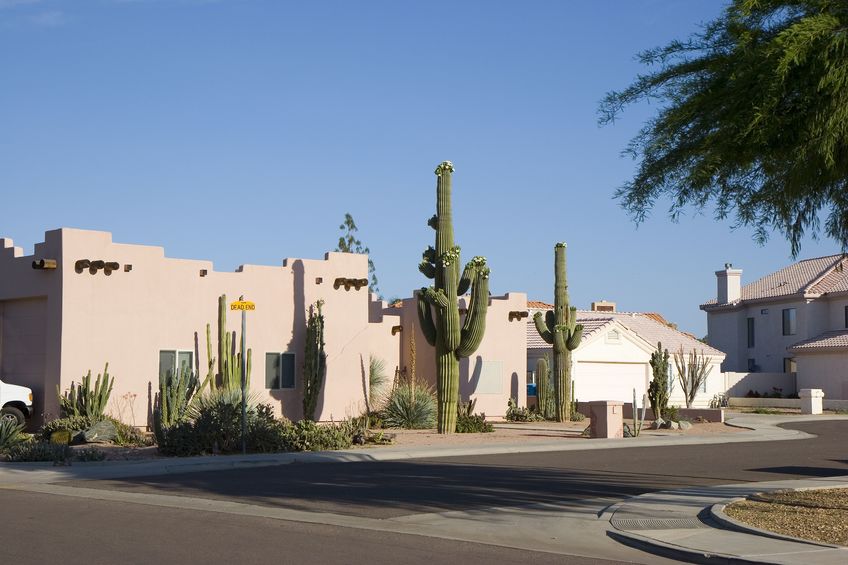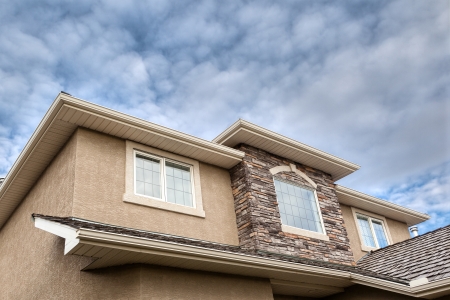
Southwestern-styled homes will traditionally use stucco as a decorative siding and finish to homes. Stucco is a fine plaster coated onto walls wet, which dries with a very grainy texture. This plaster handles great against the desert heat and looks great as well. However, these extreme climates can really wear down and fade the paint on the walls over time. If your paint is beginning to fade, it may be time to repaint the exterior of your home. With stucco being so texture, it can propose several dilemmas. To help, here are some of the best ways to paint stucco:
Prep
Before you are going to start painting, you will need to prep the surface. For the exterior of your home, you will just want to remove all the outdoor dust and dirt that has accumulated on your home. This step can easily be done by spraying your house down with a hose. Let it air dry completely before you begin to paint. Tape off or tarp any areas you do not want the paint to get.
Roller
For stucco, there are generally two main ways of painting. A roller is less effective but generally foolproof. When you get your paint, let the supplier know you will be rolling the paint. This paint will be sold much thicker and can be applied with a roller. You will still need to use a brush for harder areas like corners and edges.
Spray
A more effective technique but takes practice and equipment is spraying the paint onto the stucco. With such an aggressive texture, this will allow you not to have to go over the same spot multiple times, as the roller may. Simply add the paint and spray it directly onto your home. You can keep the spray gun very close to the house because bleeding paint is uncommon with this high of texture.
Stucco is excellent but will need to be repainted after many years of sun exposure. Make sure you can complete the task before starting it. If this seems too far out of your expertise, you may want to consider hiring a professional. For more tips and tricks on home improvement, make sure to subscribe.


